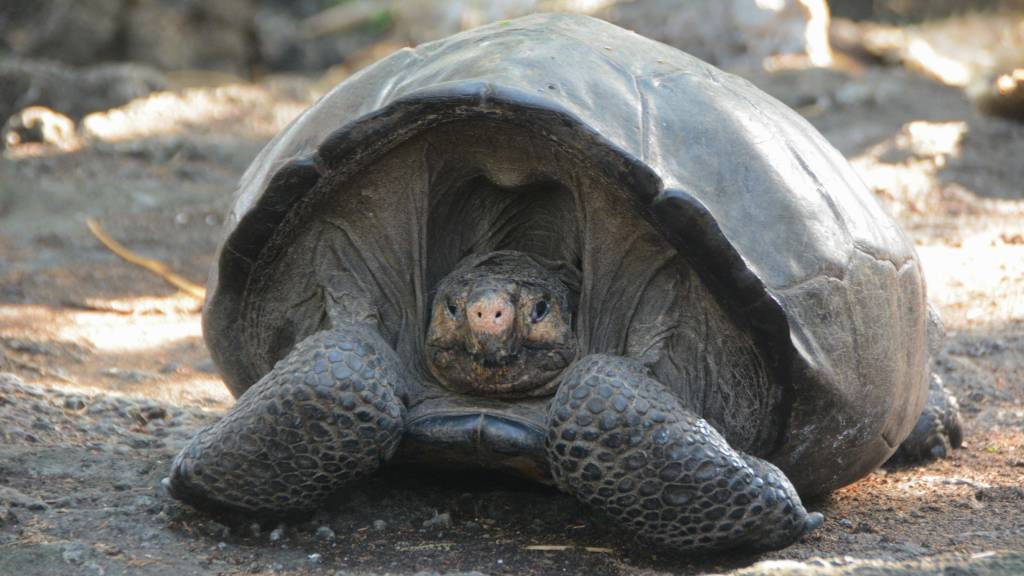
This article was last updated on January 30, 2023
Canada: ![]() Oye! Times readers Get FREE $30 to spend on Amazon, Walmart…
Oye! Times readers Get FREE $30 to spend on Amazon, Walmart…
USA: ![]() Oye! Times readers Get FREE $30 to spend on Amazon, Walmart…
Oye! Times readers Get FREE $30 to spend on Amazon, Walmart…
Table of Contents
After 150 years, a giant tortoise makes its way back to Santa Fe’s Galapagos Island.
After 150 years, a thriving colony of giant tortoises has returned to the Ecuadorian island of Santa Fe in the Galapagos. Ninety-nine percent of the 700 Chelonoidis hoodensis turtles who were released did so in good health. In 2015, the turtles were moved from Espaola, a tiny Galapagos island, to Santa Fe.
In Santa Fe, the tortoise has been extinct for more than 150 years. Saar Bakker, a biologist at the Artis Zoo in Amsterdam, says that this is because sailors who were out hunting used turtles as food.
According to Bakker, around 1960, the gigantic turtle species was likewise globally on the verge of extinction. “There were still around 15 grownups present at that time.” The existence of this species has been preserved thanks to a vigorous conservation program. “
Important to the ecosystem
The Galapagos Islands’ ecosystems depend on giant tortoises in order to survive. Bakker claims that these huge animals disperse seeds through their excrement. “An ecosystem’s inhabitants, including plants and animals, may suffer severe effects if it undergoes too much change.” In Santa Fe, these consequences were already apparent. For the Santa Fe ecosystem to be restored, giant tortoises must be present.
Galapagos Conservancy NGO head Washington Tapia told Reuters news agency that after several years, “we can claim that the initiative has been successfully implemented and biological processes like seed dispersal are being restored.” He also calls it a “smashing success” for the giant tortoise’s ability to live and do its job in Santa Fe.
The forest rangers of Santa Fe’s National Park weigh and measure the enormous tortoises.
60k massive turtles
The diverse flora and wildlife of the Galapagos Islands are well-known. The theory of evolution was created there in the 19th century by the British scientist Charles Darwin.
There are also numerous species of marine turtles. The Galapagos National Park claims that 60,000 different kinds of giant tortoises live on the islands. Due to its diversity, the archipelago draws hundreds of thousands of visitors each year.

Be the first to comment